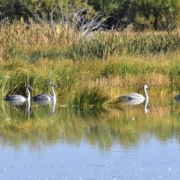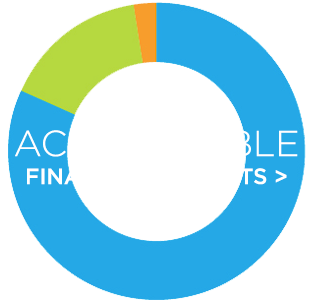Trumpeter Swans in Teton Valley
(October 12, 2020) Trumpeter Swans are one of our region’s most iconic birds and embody the extraordinary landscape we call home. Trumpeter Swans are the largest waterfowl species native to North America, and in addition to being visually magnificent, they exhibit highly cognizant behavior, form strong family bonds, and can live up to 25 years in the wild. In the Greater Yellowstone region, Trumpeters can be seen and heard near ponds, rivers, and streams year-round.
The Teton Basin Trumpeter Swan Restoration Project is a partnership between Teton Regional Land Trust, IDFG, US Fish and Wildlife Service, Intermountain Aquatics, and other local partners. The goal of the partnership is to restore Teton Basin’s population of nesting Trumpeter Swans and through that, conserve the ecology and natural heritage of nesting Trumpeter Swans in Yellowstone National Park and the Greater Yellowstone Ecosystem. To accomplish this goal, project partners are committed to a long-term effort involving releases of captive-bred Trumpeter Swans in Teton Basin in an effort to restore the population, in addition to continuing to conserve critical swan habitat. Since 2013, project partners have released 28 swans. One of the Trumpeters released in 2016, affectionately named R13, was spotted this summer in the Bechler area of Yellowstone National Park paired with a wild swan. Although the hope is that someday there will be nesting Trumpeters in Teton Valley, it is exciting to see them making a home anywhere in the Greater Yellowstone region.
We recently released six cygnets onto a protected wetland in Teton Valley and have been monitoring them for a month and have observed them bonding with a wild swan. We would like to remind hunters to know your target. There is no hunting season for Trumpeter Swans in Idaho Trumpeter Swans are considerably larger than geese and adult swans have solid white wings and bodies. Young swans, called cygnets, are medium gray with a pale belly and wing lining.
Most of our released Trumpeter Swans are marked with large green neck collars with white alphanumeric codes, but this year’s released cygnets have a green leg band instead. If you observe green-collared or banded swans in our region, please notify the Teton Regional Land Trust. For more information or to support the project, please visit www.tetonlandtrust.org or contact Nicole Cyr via email at nicole@tetonlandtrust.org.
Photo by Anna Kirkpatrick



